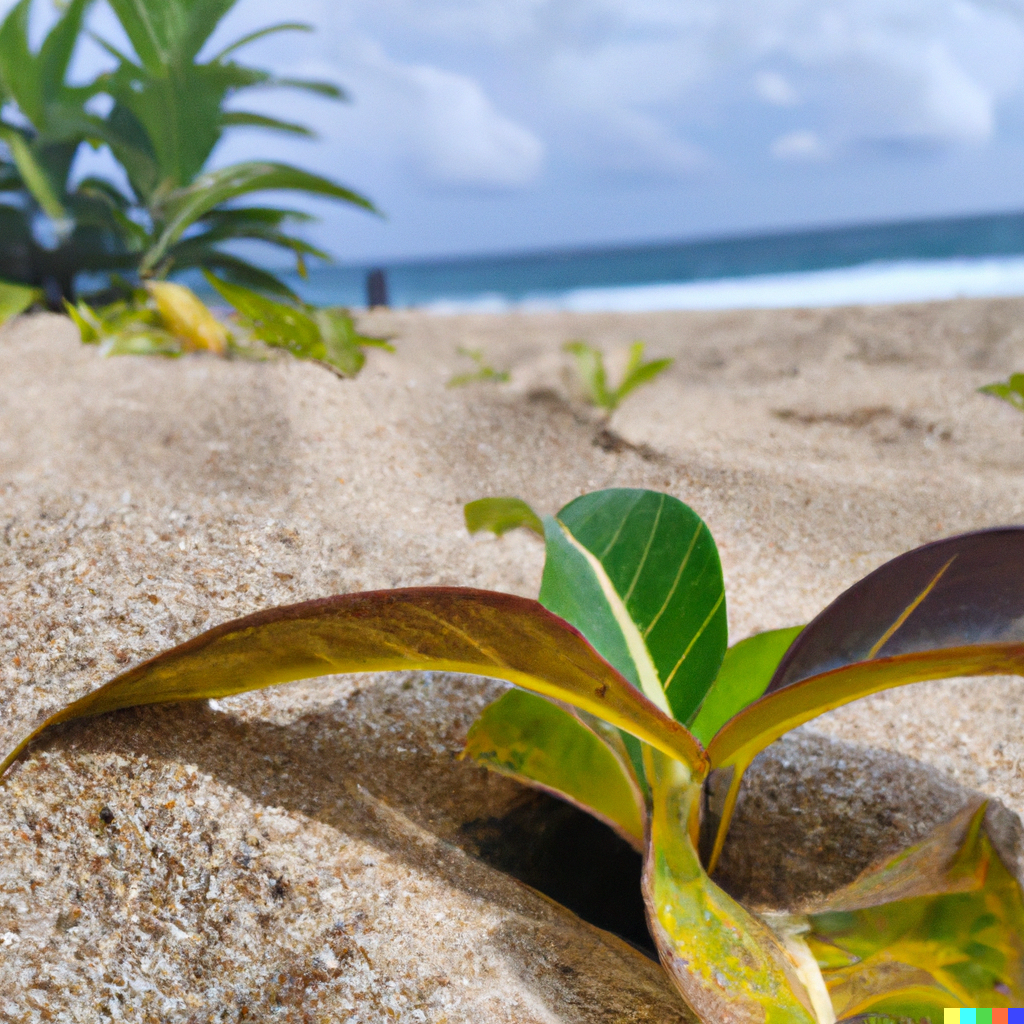When it comes to gardening, there's a lot of information out there. It can feel overwhelming trying to get started. From picking the right plant to figure out how to care for it, there's a lot of decisions to make. That’s why we wrote this beginner's guide to help YOU!
If you want to ensure your Hewma plants live a long, healthy life, consider taking note of these three basic but essential lessons.
NOTE: This guide is ideal for green thumbs just starting out in the plant parenting journey.
Lesson #1: Understand Your Plant
It's pretty easy to forget that the plants we see all around us are alive. Much like humans, they start off as a tiny little thing, we known as a seed, and develop into a beautiful living thing.
Why are we talking about plants in our first lesson? It's simple: just like us, they need adequate sustenance and care to stay healthy. Not only that, but plants love attention too! Certain plants prefer more and others less. This is an essential concept that you should always bear in mind when bringing a plant into your home!
Lesson #2: Water
Without getting too technical, it's essential to remember that all living things require water in order to survive. This applies specifically to your Hewma plants - they need the correct amount of water if you want them to stay alive and healthy - overwatering can cause root rot and drowning while underwatering can lead to wilting and death.

Think of it like this, you take a walk on a hot summer day and you're thirsty. You find a water fountain, fill up your bottle and drink it all up. That's exactly what plants need too! So make sure that you are providing your plants with the right amount of water for them to thrive!
Lesson 2.1# Is My Plant Thirsty?
Understanding that all living things, including plants, need water to stay alive is one thing, but knowing when your plant needs water is not as difficult as you might think.
Different plants have different needs for water. If you're looking for a low-maintenance plant with minimal watering requirements, it might be best to start with a low-maintenance plant that doesn't require daily watering. In fact, some plants may only need watering once a week!
Don't be anxious about over or under-watering your plant and making it look wilted and colorless; your garden will show you exactly what it needs. Observe for indications that guide you in knowing if the plant requires water.
Ask yourself: Is it wilting (look limp or slightly discolored)? Does the soil look dry? If so, give your plant some water!
Once you give it some water, pay attention to what it does. You got this!
Lesson #3: Sun Care
Just like humans, plants need sunlight to get a little color. But it's important to understand the basics about what the sunlight can do.
If you've ever experimented with the sun in the summer, you know that too much can be harmful! The same goes for your plants. Too much sun can lead to sunburn on the leaves and even death. On the other hand, not enough sun can cause your plants to grow lanky or weak and die prematurely.

Although the scientific details of a plant's relationship with sunlight may be complex, trust us when we say that all plants adore basking in its warmth. However, each plant has different preferences of how much sun they like: while most thrive on some sunshine every day, amounts can differ significantly from plant to plant.
Most of our plants are meant to be low-maintenance and require indirect sunlight. This means that they need to be placed in an area that gets some sunlight throughout the day, but is not blasted with direct light all day.
How much light a plant needs truly depends on the specific type of plant. Like the water experiment we discussed above, try placing your plant in a spot that has both shade and sunlight and see how it reacts. Does it perk up? Does it look like it's suffering? Experiment and observe!
Sun Tip
Watch out for hot spots where there is direct exposure from a heater, this can cause quick drying and burning of the leaves. If you are using a heater, make sure that it is not too close to your plants!
Final Takeaway
Taking care of your plants can be a daunting task, but it’s essential for their health and wellbeing. With the right amount of water, sunlight, and love you will have beautiful and healthy plants in no time!
Remember to observe how your plant reacts when exposed to different amounts of sunlight or water; this is key in understanding what works best for them. Taking just a few extra moments each day to look and listen to your plant and how they behave will go a long way towards keeping your Hewma plant (or plants) happy and thriving at home or office.
And of course, if you have any questions about specific care instructions for your plant, be sure to contact us and we will give you care instructions.

